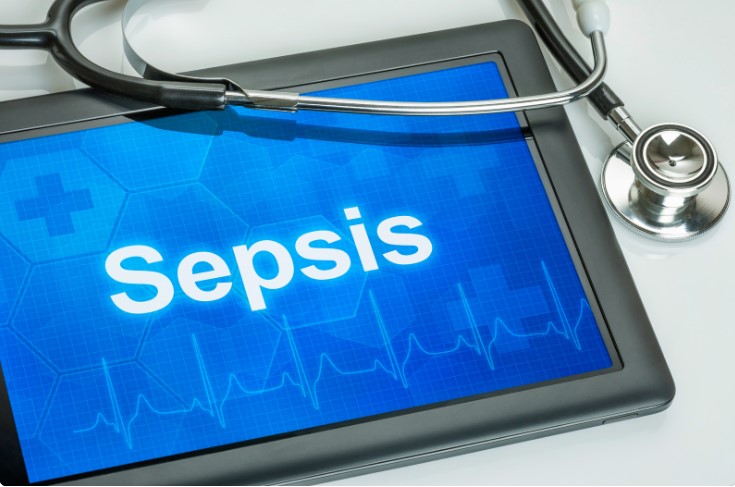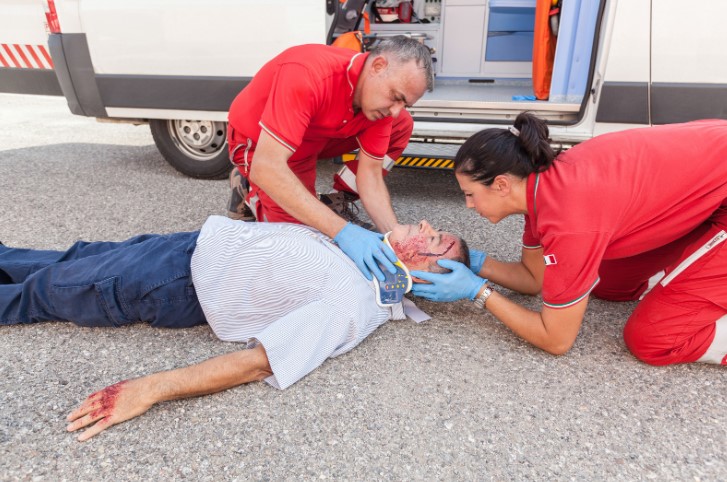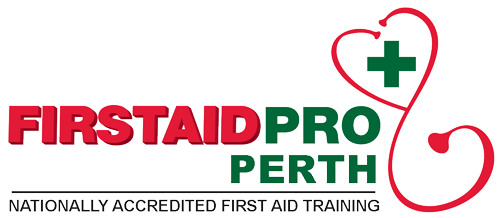What to Include in a Home First Aid Kit: Having a home first aid kit allows you to care for minor injuries and potentially save a trip to the ER.
The kit offers temporary aid to someone who has an accident or illness which makes it crucial, especially for injuries involving major blood loss.
Why Do You Need A Home First Aid Kit?
A home first aid kit is the most efficient way of organising necessary supplies to deal with accidents and emergencies resulting in injuries and illnesses.
There is no specific blueprint to follow on what to put in your kit. Given the range of medications, supplies, and materials available in the market, a first aid kit should cater to an individual’s specific needs.
Everyone home must have a first aid kit to keep them prepared for minor injuries and illness. It also functions as a holder for supplies in the event of disasters, power outages, and blizzards.
Small prep work can lead to much better outcomes when emergencies happen. Here’s a walk-through to help you prepare your home first aid kit.
Must-Have Items In A Home First Aid Kit
Bandages And Wound Supplies
Cuts, scrapes, and burns are common injuries that happen at home. A first aid kit must be stocked with items to address these injuries. These include adhesive bandages, gauze pads, medical tape, antiseptic wipes, and more.
First Aid Manual
A first aid manual is a good resource to keep in your kit, especially for unexpected emergencies where you must follow instructions to provide treatment.
Medications
Keep your home first aid kit stocked with over-the-counter (OTC) medications such as antacids, allergy medicines, aspirin, cough and cold medications, and pain relievers.
Instant Heat And Cold Packs
Slips, trips, falls, and accidental bumps in the head can occur at home. In most cases, these injuries can result in pain and swelling.
Using instant heat or cold packs can help lessen skin redness, reduce swelling, and alleviate pain.
Thermometer
A thermometer is a medical device used to detect changes in body temperature that could indicate an illness or infection. Keep them in an easy-to-access spot but away from the reach of small children.
Store them in a safe location as some thermometers contain mercury which can be harmful if the glass breaks.
Multipurpose Tools (Tweezers And Scissors)
Tweezers can be used to remove small, embedded things like splinters from the skin. While scissors can be used to cut bandages, tape, and other materials.
Water And Non-Perishable Food Items
Keep a reasonable supply of non-perishable foods and water that can be used in disasters and other emergencies. Stock on bottled waters and canned foods that are easy to cook without electricity or power supply.
Conclusion
Accidents and injuries do happen, and while they are not wished – the reality is that they are part of life. At some point, something may go unplanned and in the wrong direction, leaving you unprepared.
Small children and older adults are most susceptible to injuries, and having the necessary tools at home may one day save a life. It is why it is essential to have a well-stocked first aid kit at home.
For a more comprehensive guide on emergency preparation, consider taking a first aid course. The training will provide you with the skills and knowledge to recognise emergencies and how to take appropriate first aid action. Having a home first aid kit and the skills to use them will help keep everyone safe.
If you are interested in getting trained, check out First Aid Course Canberra website or contact us on (08) 8382 4677.








